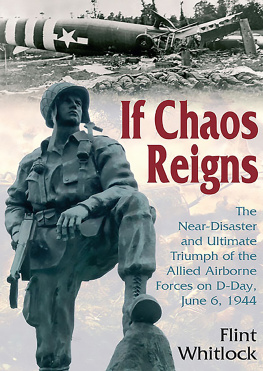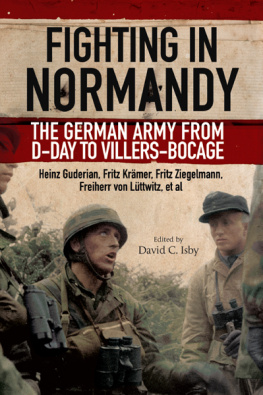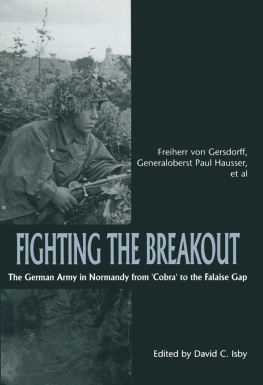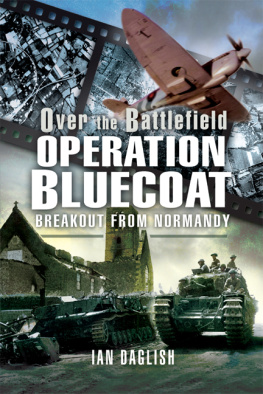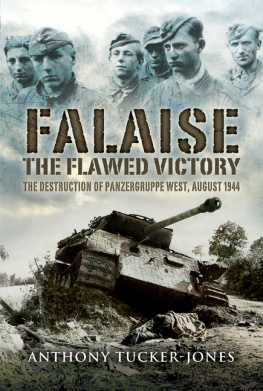First published in Great Britain in 2019 by
FRONTLINE BOOKS
An imprint of
Pen & Sword Books Ltd
Yorkshire Philadelphia
Copyright Gilberto Villahermosa
ISBN 9781848327719
eISBN 9781473847118
Mobi ISBN 9781473847125
The right of Gilberto Villahermosa to be identified as Author of this work has been asserted by him in accordance with the Copyright, Designs and Patents Act 1988.
A CIP catalogue record for this book is available from the British Library
All rights reserved. No part of this book may be reproduced or transmitted in any form or by any means, electronic or mechanical including photocopying, recording or by any information storage and retrieval system, without permission from the Publisher in writing.
Pen & Sword Books Ltd incorporates the imprints of Pen & Sword Archaeology, Atlas, Aviation, Battleground, Discovery,
Family History, History, Maritime, Military, Naval, Politics, Social History, Transport, True Crime, Claymore Press, Frontline Books, Praetorian Press, Seaforth Publishing and White Owl
For a complete list of Pen & Sword titles please contact
PEN & SWORD BOOKS LTD
47 Church Street, Barnsley, South Yorkshire, S70 2AS, England
E-mail:
Website: www.pen-and-sword.co.uk
Or
PEN AND SWORD BOOKS
1950 Lawrence Rd, Havertown, PA 19083, USA
E-mail:
Website: www.penandswordbooks.com
Introduction
I n June 1944, American and British forces fighting desperately to establish a foothold on French beachheads and then break out of Normandys formidable hedgerows, the confining bocage, found themselves opposed by a diverse array of Wehrmacht formations. These ranged from elite German Army panzer and Waffen SS divisions to run-of-the-mill Army regular, reserve and static infantry divisions fighting alongside Luftwaffe (German Air Force) Field Divisions, and even Eastern battalions consisting of Russian, Georgian and Central Asian soldiers.
Hitler had concentrated his hard-fighting Fallschirmjger, his Hunters from the Sky, in Normandy and the Cotentin peninsula over the course of the previous year to meet the long-awaited Allied assault on the French mainland. He intended to use them as elite infantrymen in the upcoming battle, fighting alongside his elite panzer divisions, to help contain the American and British beachheads. The Fhrer, like most of his field marshals and generals, believed an Allied landing in France was inevitable and that the invasion and the battle that followed would decide the outcome of the war and the fate of the Third Reich. Having proven themselves to be an iron shield in defensive battles in Russia, North Africa, Sicily, and Italy, Hitler had ordered a dramatic increase in their numbers in 1944. Some, such as General der Fallschirmtruppe Eugen Meindl, General der Fallschirmtruppe Hermann Bernhard Ramcke, Generalleutnant Richard Schimpf, Major Friedrich August Freiherr von der Heydte, Oberleutnant Martin Pppel and Obergefreiter Karl Max Wietzorek, were still the top-notch Fallschirmjger they had been when they had had stormed Scandinavia, the Low Countries, the Corinth Canal, and Crete in 1940. Most, however, were relatively newly trained paratroopers, fresh from jump schools in Germany and France. Still others were paratroopers in name only. Splendidly trained and equipped, and with varying levels of combat experience, they were expected to play a major role in stopping the Allied assault in France and driving the invasion forces back into the sea.
The German II Parachute Corps was the Wehrmachts second largest parachute formation of the war and played a pivotal role in the fighting in Normandy between 6 June and 31 August 1944. Later it would play an equally important role in the final defence of the Third Reich as the heart and soul of the First Parachute Army. Yet no history, official or otherwise, has ever been written of Eugen Meindl and his elite Fallschirmjager.
The German II Parachute Corps was born of necessity. The Third Reichs strategic situation in the summer of 1944 on the eve of the Allied landings in France bordered on the desperate. In the air, the US and British air forces were ravaging Germanys major cities and factories day and night, pummelling her major industrial centres, devastating her transportation and communications networks, disrupting the production of German weapons of war and ammunition, destroying tens of thousands of apartments and homes, and displacing millions of workers. On the ground, the Red Army had recovered from the calamitous defeats of 1941 and 1942 and was hurling westward at breakneck speed advancing on the Third Reich and Berlin. As they advanced ever forward, Stalins soldiers were mauling their Wehrmacht opponents viciously and, despite their own appalling losses, devouring German formations faster than they could be replaced. In the Mediterranean, the Americans and British had succeeded in knocking Italy out of the war. With thirty-four Italian divisions on occupation duty in Greece, Yugoslavia, and southern France neutralised, Hitler was forced to replace them with thirty German divisions sorely needed on other battlefronts. General Mark Clarks Fifth Army had captured Monte Cassino in Italy and was on the verge of seizing Rome. Mussolinis centre of power would fall on 5 June, the day before the Allied invasion of France. It was the first major European capitol to fall to the Allies. At sea, the Allies had emerged triumphant from the Battle of the Atlantic, inflicting heavy losses on Hitlers U-boats and applying their maritime superiority on all fronts. It was the Allies air and maritime supremacy that would form the foundation of the Allied amphibious landings in France.
Yet the Third Reich in 1944 was still a formidable foe. Despite heavy losses on all fronts, the strength of the Wehrmacht was almost nine and a half million men, with more than six and a half million serving in the Heer (German Army) and another almost two million serving in the Luftwaffe. It was this fighting dynamo that the Allies would have to battle in France if they were to bring about the end of Hitlers Third Reich. As they would soon discover, to first their astonishment and later to their chagrin, Nazi Germany still possessed immense reserves of manpower (including more than eleven million foreign workers and slave labourers), resources, and production capability, along with internal lines of communications and, most importantly, the will to continue the fight. All this translated into a remarkable ability to rapidly and efficiently regenerate combat power against the Allies at the most critical times and places, prolonging the fighting to the bitter end.



